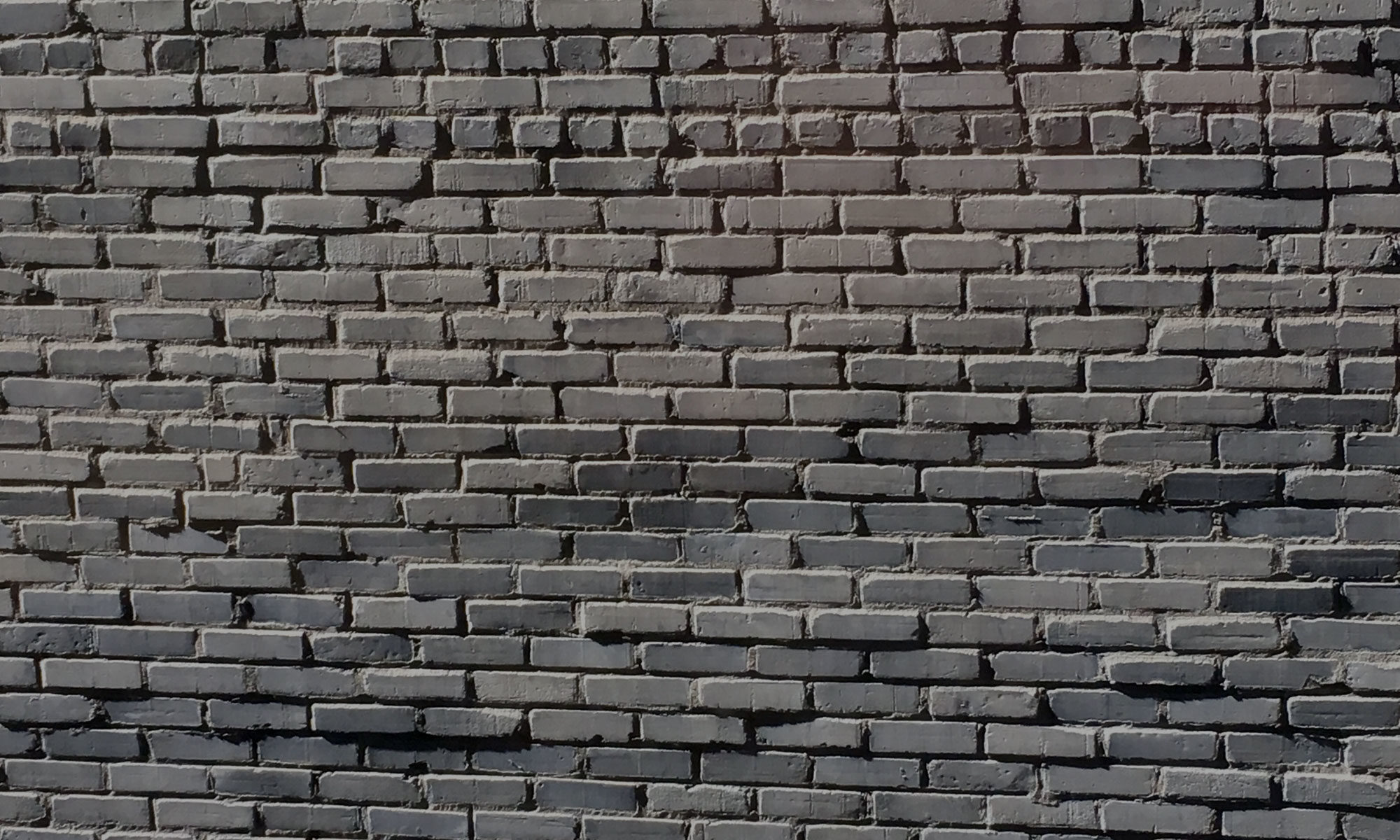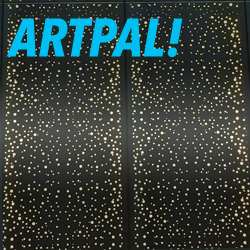Jean Nouvel’s Guthrie Theater plays a complicated double game with its appearance, lying to you and then telling the truth about what’s really going on inside. This means we need to work up the guts to talk semiotics.
FULL EPISODE TRANSCRIPT
Hi there! I’m Keith Pille, your art pal.
In this episode, we’re continuing our season 2 exploration of architecture by looking at buildings in downtown Minneapolis. But now we’re moving away from skyscrapers and trying something a bit different. We’re going to talk about the Guthrie Theater and dig a little bit into some sneaky games the building plays with visual associations.
The Guthrie, which opened in 2006, was designed by the French architect Jean Nouvel. It’s located at 818 South 2nd St. in downtown Minneapolis, and if you look at it or image search it, you can see it’s a very striking-looking building, in ways we’ll be discussing in depth in a moment.
It replaced the previous Guthrie, which was the ramshackle-but-beloved work of local hero Ralph Rapson. Everybody loved the old Guthrie, but the building was small and logistically inadequate to the point of being dangerous for the theatrical crew, and the adjoining Walker Art Center was looking to expand; so a new site for a new building was chosen, and it was off to the races.
The new Guthrie was built on the Mississippi Riverfront, just downstream from St. Anthony Falls. In the city’s early days, the waterfall had powered a cluster of mills in this area, and this part of the city remained the industrial heart of Minneapolis well into the 20th century. As such, the Guthrie sits in the middle of a bunch of grain silos and industrial buildings of various ages and states of repair (including both a museum and city park based on ruined grain mills).
Good architects are sensitive to the context in which they’re building, and Jean Nouvel is a good architect (he seems like kind of a jerk in person, but he’s still a good architect). So he designed the Guthrie to match its surroundings, giving it a boxy, industrial outline that in silhouette looks like a factory, down to the light masts sticking up that resemble smokestacks.
Of course, the Guthrie’s a major theater, not a factory, and Nouvel plays a fascinating double game with the design in making it blend in and honor its surroundings while simultaneously also constantly communicating to you that it’s really a theater.
What we’re doing here, really, is investigating the semiotics of the building, and I’d like to park the discussion for a second just to talk about that. Because semiotics is one of those concepts that can fly off into pretentious, jargon-laden BS pretty easily, but it’s a very useful, powerful and interesting tool in analyzing art and architecture.
Semiotics is the study of base-level communication. Like, what component elements of a thing are actually communicating. I’m simplifying a lot here, but in visual art that usually means looking at what individual visual elements in a given work communicate, usually by referring to something else that has an external meaning. Think of the US Capitol Building, and how it was designed to look like a Roman building to reinforce the connection between the fledgling American democracy and the Roman Republic. Or, I don’t know, think about all of the advertisements out there that visually quote Munch’s painting The Scream to bring a little extra meaning. Or, well, we could do this all day. Semiotics is essentially an endless, fascinating series of rabbitholes where you work out signifiers and signifieds.
What we care about here is that, with his bulky theater building whose silhouette intentionally looks like a factory, Nouvel included a ton of visual elements to act as signifiers to remind you that no, this actually isn’t a factory! It’s a theater!
One of the most obvious of these signifiers is the building’s blue-with-yellow-highlights color scheme. If the outline looks like a factory, all of the industrial facilities around the Guthrie are either concrete or stone, and the building’s sharp color immediately differentiates it from its surroundings.
But there are a lot of other elements that are even more specifically references to being a theater. Like the masts sticking up that read in silhouette as smokestacks but are actually lightup marquees, both immediately communicating theater information like “A Christmas Carol is playing” and also visually referencing Broadway, the ultimate ideal of American theater.
Or the faint images of previous theatrical productions visible on parts of the exterior, as on the north wall facing the river. Or, as far as that goes, the very large portraits of theatrical figures like Anton Chekov or the building’s namesake, Tyrone Guthrie.
The west side of the building is a curved form that breaks the prevailing dominance of right angles. It isn’t immediately obvious from the outside, but this curve mirrors the internal form of the building’s thrust-stage theater. The presence of the thrust-stage theater is alluded to on the outside, though, by a set of descending ridges on the underside of the southwest corner which correspond to the structure of the seating in this area. This set of ridges, which is also the inverse of the form of a traditional Roman or Greek amphitheater, then acts as another visual signifier that the building is a theater, not a factory.
One more I wanted to mention, although there are plenty of others: the Guthrie’s most prominent feature, the so-called “endless bridge” that cantilevers out of the building’s north side towards the river. The bridge contributes to the building’s industrial metaphor by looking like some kind of gantry, complete with a very businesslike catwalk stuck to the bottom of it. But! If you look at the end of the bridge (or walk out onto it, which you should totally do, because it’s one of the best places in Minneapolis), you see that the bridge ends with THEATER SEATING TO LET YOU SIT AND ENJOY THE SHOW OF THE RIVER. The Endless Bridge literally communicates that it’s part of a theater by terminating in its own little theater.
This isn’t something I can quantify, but I think that the reason the Guthrie is such a compelling building is that it has such an active semiotic game going. It’s constantly telling you one thing: hey, I look like a factory! And then undercutting it with another thing: but I’m really a theater! See? See?
You probably aren’t conscious of this tug of war, but your brain is, and that kind of engagement is what makes good architecture, and art.
And oh yeah, the plays they put on there are pretty great, too.
Thank you for listening to Artpal. You can find us on twitter and Instragram at @artpalpod, and keep an eye out for our newsletter, which should be coming soon. If you liked the show, please spread the word or leave a review at whatever podcasting service you used to find the show. And of course, go on and check out the rest of the season, there’s a lot more art and architecture to talk about.

